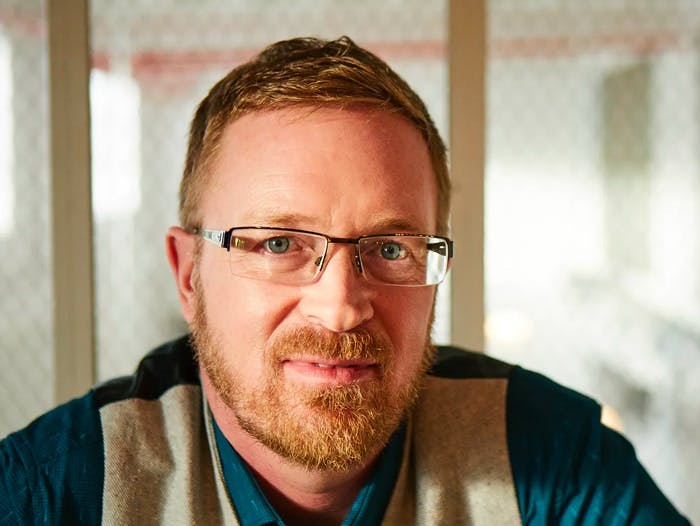RECOGNIZING THE IMPACT OF INDIVIDUAL AND HIV SELF-STIGMA


HIV self-stigma can manifest itself in many ways - from worrying about how a friend might feel if you shared a drink with them to fear of your HIV status being known in the workplace.
HIV stigma at the individual level can be expressed as ‘self-stigma’, ‘self-limiting beliefs’ or ‘internalized stigma’ and can also be a consequence of ‘anticipated stigma’, i.e., where the individual’s fear of stigma is greater than what would be experienced.
HIV self-stigma has been shown to affect a person’s ability to live positively, adherence to treatment and access to health services, and to diminish quality of life in general.1
Furthermore, self-stigma can be a self-fulfilling prophecy where an individual’s negative attitude and beliefs affect how they are treated.
C.M is open about her status, but she’s anxious. “I don’t know if I can get married when I am HIV positive! The way young men treat young women living with HIV makes them depressed and give up hope for the future.”
What can we do to combat HIV stigma?
There is a wide body of learning in areas beyond HIV – such as gender, gender identity, sexual orientation and ethnicity – where self-stigma and/or self-limiting beliefs have been studied. This shows that it is useful to think of support as having two components.
- Identifying self-stigma and its manifestations in oneself or loved ones/significant others. Educational materials and support programs developed for people living with HIV should include information on understanding and identifying self-stigma and provide tools to effectively address this.
- Equipping the individual and close support networks with tools to address self-stigma and overcome lack of confidence and/or fear or shame when faced with it.
Our industry-leading Positive Action programs, initially created by GSK and now run through ViiV Healthcare, have been tackling HIV stigma for more than 20 years - working with communities most vulnerable to HIV with efforts spanning innovations in HIV care services, including initiatives aimed at preventing HIV, building capacity in grassroots communities and addressing HIV stigma and discrimination.
Through Positive Action Challenges, Community Strategic Initiatives and Breakthrough funding streams, we identify and fund innovative strategies to link priority populations to stigma-free services.
References:
- The Positive Perspectives Survey Report. 2017. Available at: https://edgesuite.gskstatic.com/Viiv/viivhealthcare/pdf_files/master/main/positive-perspectives-survey-report-finalcompressed.pdf. Last accessed: January 2021
RELATED TOPICS
Much has been done to reduce discrimination at an organizational level through anti-discrimination laws, but these efforts vary across countries. More needs to be done to ensure that legislative frameworks are being implemented and that stigma and discrimination are effectively addressed.
It is a fundamental human instinct to want a sense of family, opportunities to socialize and a feeling of belonging to a community (or multiple communities such as family, faith or interest-based). But the stigma related to HIV can often get in the way of these human needs, putting barriers between friends, families and communities.
While it may now be commonly accepted that a lack of respect for human rights can accelerate the HIV epidemic, this isn’t always reflected in the policies and institutions that shape the lives of people living with HIV.


